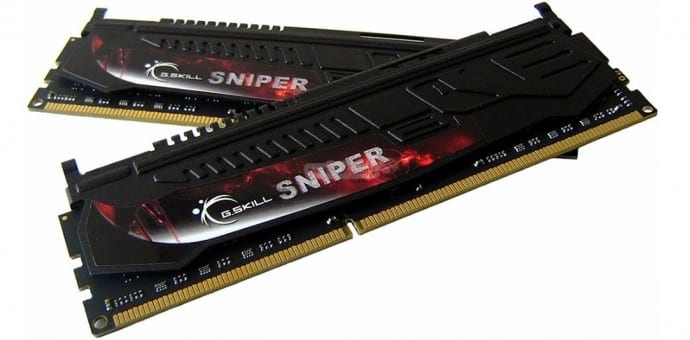Table Of Contents
Here is how you can enable Intel XMP to make your RAM run at its advertised speeds
If you have assembled your own PC and purchased speedy RAM (Random Access Memory), there are very good chances that RAM is not really running at its advertised timings. Unless you manually tune its timings or enable Intel’s XMP, RAM will always run at slower speeds.
However, this choice is not available on every motherboard’s BIOS, and not every stick of RAM has an XMP profile. Some RAM is just intended to run at standard speeds. Nevertheless, you should definitely have XMP as an option, if you built your own gaming computer and purchased RAM advertised with fast speeds.
What Is Intel XMP?
RAM must follow the standard speeds set by JEDEC, the Joint Electron Device Engineering Council. Even if you purchase RAM advertised with exact timings that make it quicker than the standard and put it into a motherboard designed for gamers and other enthusiasts, it won’t straightaway run at those advertised speeds. Instead, it will run at the standard speeds.
But, you no longer have to go into your BIOS and manually set the RAM timings value by value. Instead, the RAM you purchase has a small amount of storage on it that provides one or two Intel “Extreme Memory Profiles.” Your BIOS can read these profiles and configure the optimal timings automatically that has been selected by your RAM’s manufacturer. These will be the RAM’s advertised timings.
Instead, if you have an AMD CPU, you may be able to enable “AMP”–AMD Memory Profiles. This is AMD’s version of Intel’s XMP.
How to Check Your RAM Timings
You can check your RAM timings from within Windows. Download CPU-Z, click over to the Memory tab, and you will see what timings your RAM is configured to run at. Compare the timings you see here to the timings your RAM is advertised to run at. If you have assembled your own PC and never enabled XMP, there’s a good chance your RAM timings are slower than you expect them to be.
How to Enable XMP
Go into your computer’s BIOS to enable XMP. Restart your computer and press the appropriate key at the beginning of the boot process–often “Esc”, “Delete”, “F2”, or “F10”. During the boot-up process, the key may be displayed on your computer’s screen. If you are unsure what the apt key is for your computer, check your computer’s or your motherboard’s documentation.
Search in the BIOS and look for an option named “XMP”. This choice may be right on the main settings screen, or it may be hidden in an advanced screen about your RAM. It may be in “overclocking” options section, even though it is not technically overclocking.
Activate the XMP option and choose a profile. While you may see two separate profiles to select from, you will regularly just see a single XMP profile you can enable. (In some cases, you may just have one option to “Enable” or “Disable”.)
If there are two profiles to select from, they will mostly be extremely similar, with one just having slightly tighter memory timings. You should just be able to select “Profile 1” and be done with this. However, if you like, you could try enabling each profile in turn and selecting the profile that offers you with faster memory speeds. To do this, enable an XMP profile and browse your BIOS for the RAM timings to see how they changed. You can also just boot back into Windows and open CPU-Z again.
Whenever you introduce RAM that’s advertised with faster-than-standard speeds, just go to the BIOS and enable XMP to make sure that RAM is really running at those speeds. Even though it is simple, it’s easy to miss particularly if you have never heard of XMP and are unsure if you need to do this extra step.



